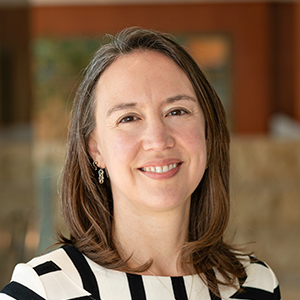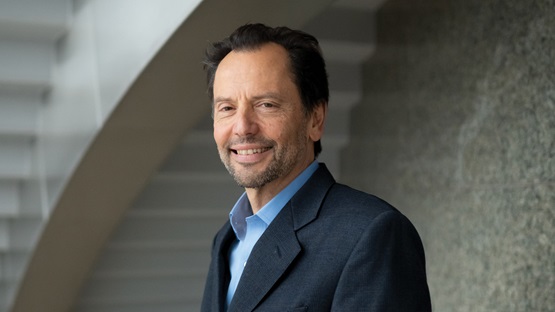In November, the Institute’s second annual research conference—and first in-person event since 2019—brought together more than 100 people at the Minneapolis Fed. The conference opened with a keynote conversation with Federal Reserve Governor Philip Jefferson, Harvard Kennedy School professor Karen Dynan, and University of Chicago professor Esteban Rossi-Hansberg. Minneapolis Fed President Neel Kashkari, who moderated the discussion, asked the panelists how the world of work has changed and what the economy will look like post-pandemic.
Both Dynan and Rossi-Hansberg pointed to how impacts might vary across space. Working from home could be a “game changer” for many types of jobs, Rossi-Hansberg said, and this might cause the distribution of economic activity and opportunity to shift—across people, across places, or across occupations.
In particular, Dynan noted, the ability to work from anywhere might have a disproportionate impact on cities that either were not delivering adequate services or that have a high cost of living. While some people will benefit from the option to live anywhere, those working in services industries might be left behind. That concern connects with Rossi-Hansberg’s research on neighborhoods that at one point were “shining examples of productivity,” but that went into decline when new technology moved into other sectors in other locations. More research is needed, Rossi-Hansberg said, to incorporate city structure into models of fiscal and monetary policy.
Understanding how the world of work is shifting can help illuminate barriers to labor market participation. Jefferson pointed to affordable, accessible child care as an area where public policy can help increase labor force participation, which has yet to recover to pre-pandemic levels. More broadly, Rossi-Hansberg said, governments should consider what services people will need and what will no longer be needed to work from home. This information should inform government expenditures— and targeting spending to areas with high returns will become all the more important in a world of higher interest rates and government debt, Dynan said. The Institute can play an important role here, the panelists agreed, by bringing together experts with diverse expertise who can share insights about how distributional considerations may affect policy goals such as maximum employment.
In-person attendees and more than 1,000 online viewers also heard six research paper presentations, selected by the program committee from more than 70 submissions. In different ways, the papers provide insights that can help leaders as they consider policies that support economic inclusion.
For instance, Richmond Fed Research Director Kartik Athreya’s presentation suggests that policymakers can use the share of households in an area that are in “financial distress”—delinquent on their debt—to predict places likely to experience particularly negative effects of a recession. Policymakers could use this data to target government relief efforts. Another paper, presented by Board of Governors economist Eric Nielsen, sought to identify how mothers’ labor outside the home affects their children’s cognitive development. This understanding could inform which policies might best support both mothers and children. All six papers, plus presenters’ and discussants’ slides, are available on the Institute website.
This article is featured in the Spring 2023 issue of For All, the magazine of the Opportunity & Inclusive Growth Institute
Lisa Camner McKay is a senior writer with the Opportunity & Inclusive Growth Institute at the Minneapolis Fed. In this role, she creates content for diverse audiences in support of the Institute’s policy and research work.






